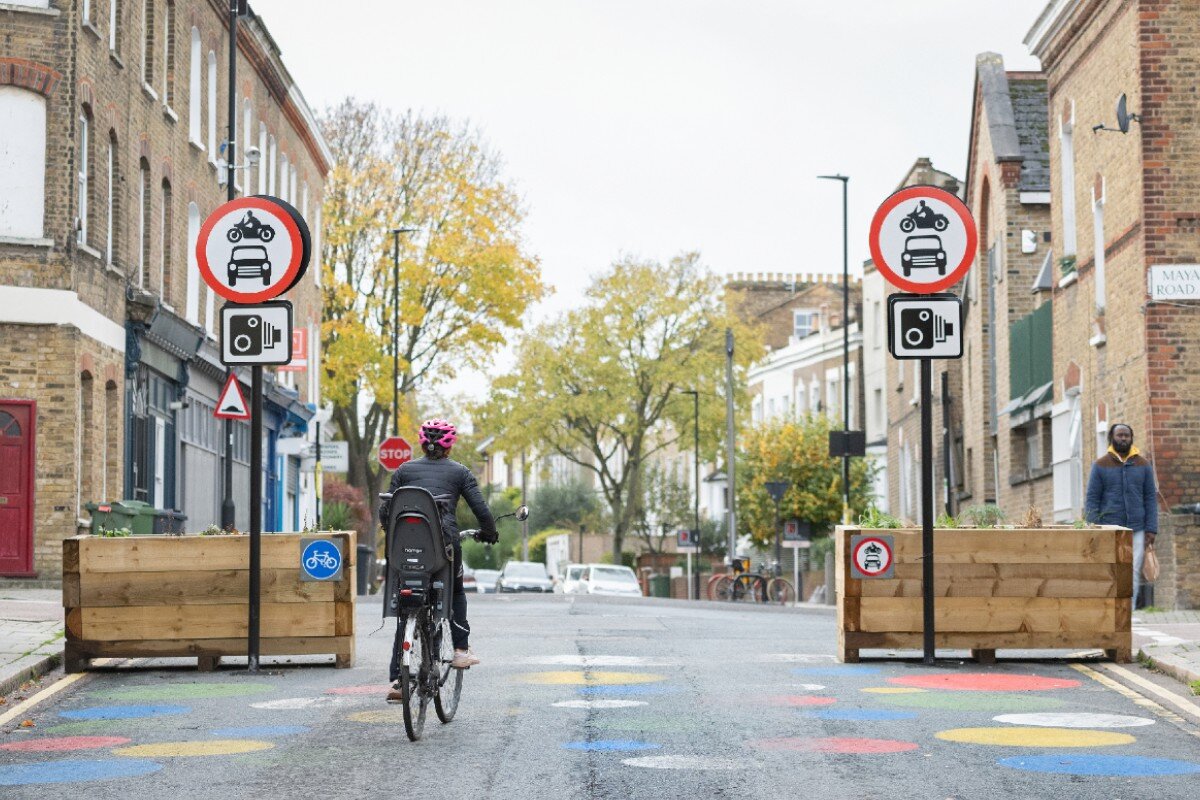People-friendly streets for Telegraph Hill to make it safer to walk, cycle or even just cross the road.
The Problem.
Telegraph Hill suffers from increasing volumes of traffic and associated pollution, with Jerningham, Pepys and Vesta Roads constantly used as cut-throughs.
The combination of wide roads and a steep hill means traffic tends to excess speed, and the existing speed ‘cushions’ and other measures are wholly ineffective: when Lewisham Council measured in 2018, over three-quarters of the traffic on Jerningham Road was breaking the speed limit and a significant proportion of cars were over double the speed limit.
Jerningham Road has Haberdashers' school sites at both the top and bottom of the hill, with students regularly walking between them. Pepys Road also has a school site, and runs alongside our local family park. Accidents are inevitable but entirely preventable.
Lewisham Highways wrote a report to this effect in 2004 but even after such high speeds were measured in 2018 nothing has changed.
Vehicle speeds on Jerningham Road
Vehicle speeds of over 60mph on Jerningham Road are recorded on a daily basis. That simply should not be possible in a 20-mph residential zone!
What Next?
We think there are three options:
Option 1. A Low Traffic Neighbourhood
Option 2. Traffic Calming
Option 3. Do nothing
We need to know which of these options Telegraph Hill residents prefer.
In order to find out we are conducting a survey of households from all affected roads.
We also want to hear comments from everyone else affected.
Option 1. LTN?
A low traffic neighbourhood is a network of streets from which “through” motor traffic has been removed. It is usually a whole neighbourhood bordered by classified roads or other boundaries.
While every street remains accessible including crucially by emergency services, strategic road closures - using barriers like bollards and planters or traffic cameras - prevent most vehicles taking a short cut across the area.
Some LTNs are now using Automatic Number Plate Recognition (ANPR) systems as does the London Congestion Charge zone, allowing residents to continue to freely access the area.
Option 2. Traffic Calming?
Traffic calming aims to increase ‘friction’ on roads and thereby reduce traffic speeds.
The draft scheme we’ve created proposes platform humps, width restrictions, and parallel parking (as already exists on Waller Road).
Unlike a low traffic neighbourhood, this is not designed to redirect traffic or reduce the overall volume of traffic.
However, Traffic calming is comparatively much more expensive than a low traffic neighbourhood.
Option 3. Do Nothing?
Obviously, we feel there are problems that need to be resolved but leaving things as they are is also a valid opinion.
We want to hear all views and present them to Lewisham Highways and local Councillors.
Lewisham Highways agree with us in the need for change and they have said so for over 17 years…
“Officers have developed alternative ideas for reducing traffic speeds in these streets, featuring a combination of kerb extensions, bus boarders and angled parking to create a ‘chicane’ effect. Residents in Waller Road already park in this fashion and the practice is widely perceived to have a traffic calming effect there.”
“Officers consider that the ‘bus-friendly’ option of introducing sets of speed cushions would not reduce traffic speeds sufficiently on these roads.”
Lewisham Highways - 2004




